Just like an iron braid in concrete provides strength, polyester and epoxy also need a braid to absorb forces. This wickerwork is usually made of glass fiber, but also carbon (carbon), aramid (kevlar) and others. The ordinary glass mat (also called chopping mat) consists of 4-5 cm long bundles of very thin glass threads, which are glued matt shapes. These mats are available in many thicknesses. We always use a glass mat of 300 grams/m² for small packaging.
The advantage of chopping mats is that the glue that holds the wires together in the polyester dissolves after a few minutes. The mat becomes transparent and goes swimming. Swimming means that the wires are all loose and can easily be pushed in all directions to get rid of folds (for example when a spherical surface is covered).
Disadvantages of shredding mats are the rough surface and a high resin consumption (on a 300 gram/m² glass mat, ± 600 grams of resin per m² is used). And they don’t work well with epoxy resin (they don’t “swim”).
With fabrics, the threads are all neatly next to each other and they therefore need much less resin to soak well (the 200 grams/m² glass fabric can be soaked with 200 grams of resin per m²). This results in a high glass content and thus great strength. Furthermore, the fabrics give a nice surface. In epoxy resin, fabrics are usually used. A good fabric also becomes beautifully transparent in epoxy resin.
The disadvantage of tissues is that they do not “swim” in the resin. The fabric can often be shifted on a three-dimensional curved surface, but one will soon have to resort to cutting and overlapping. The denser a fabric is woven, the more likely this problem will be.

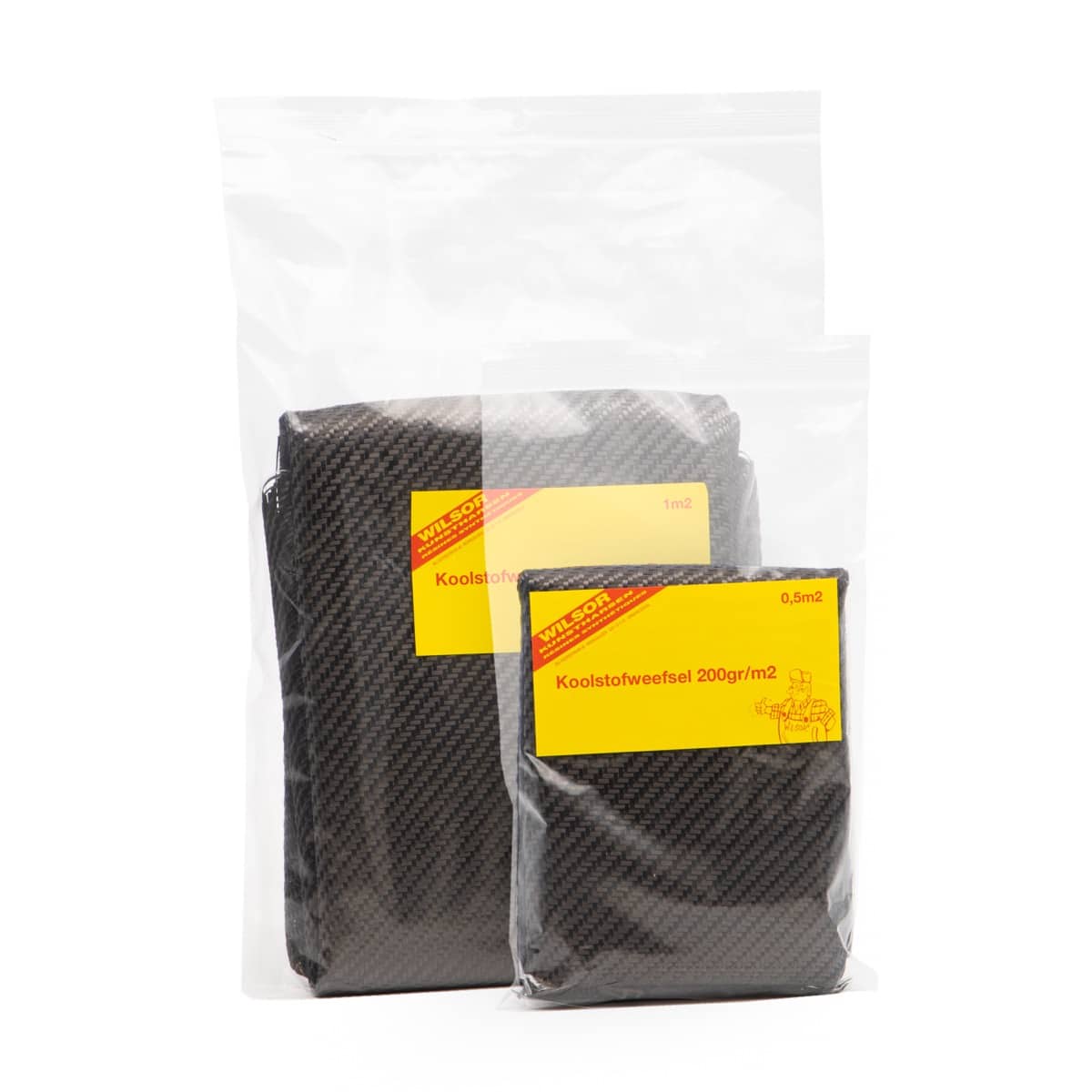
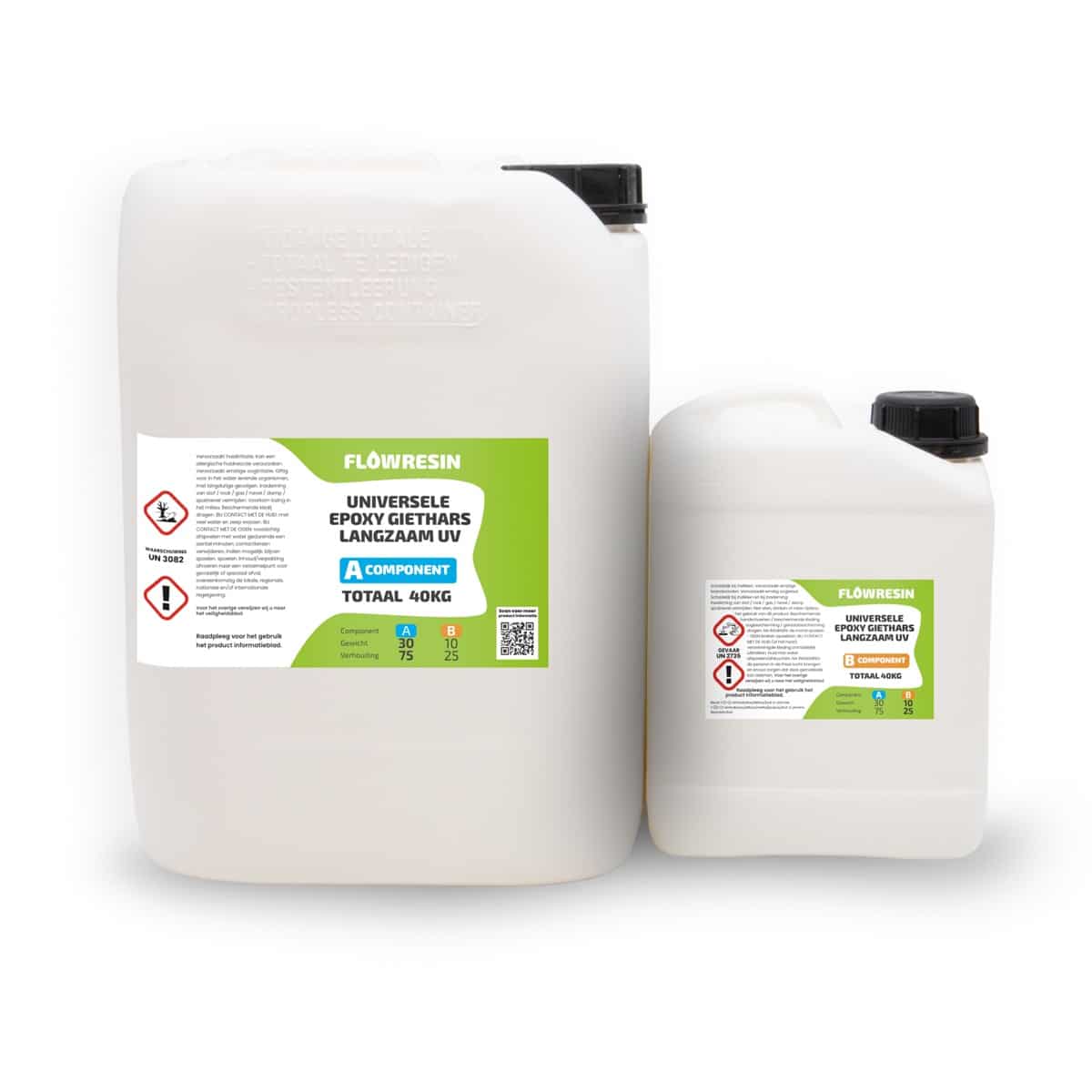
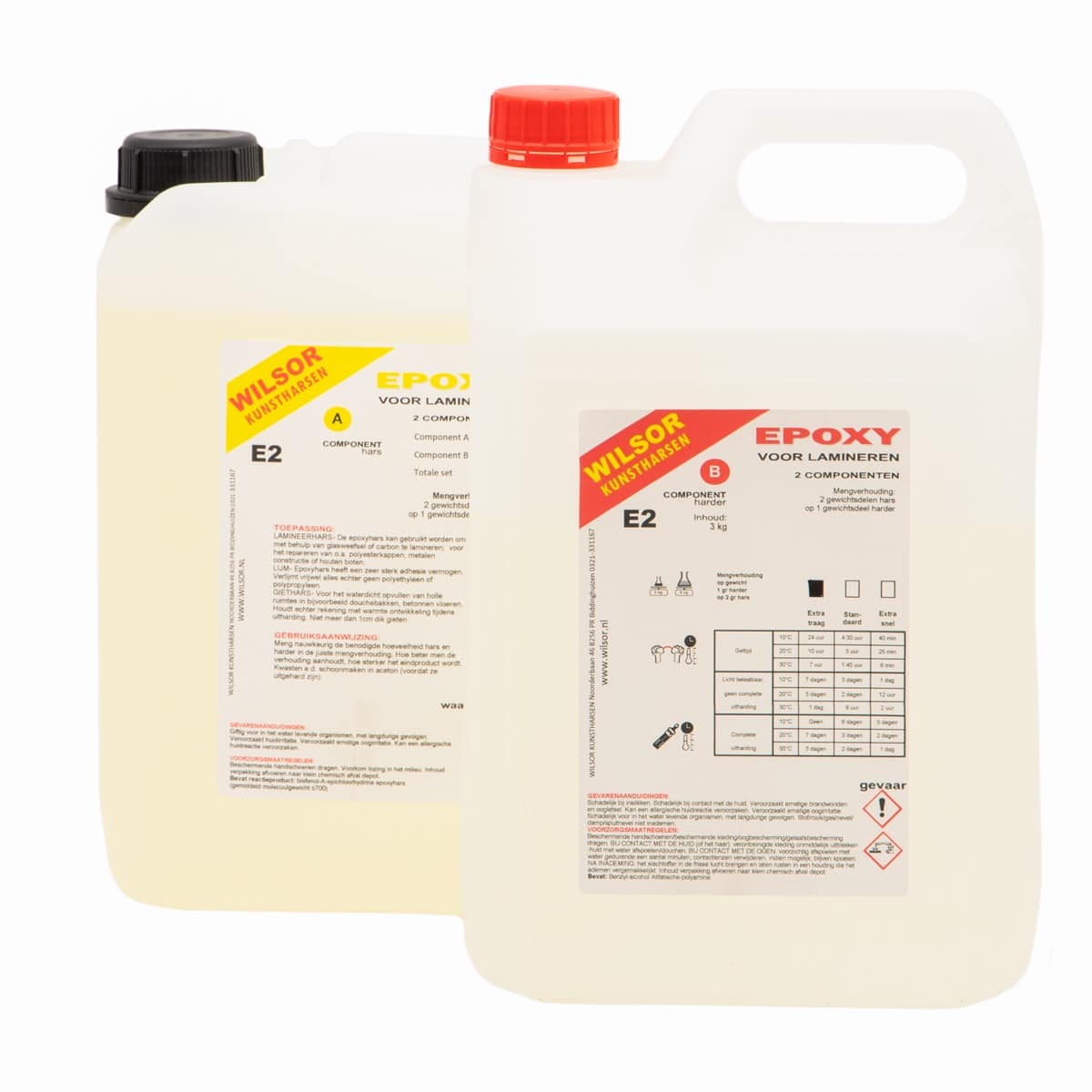
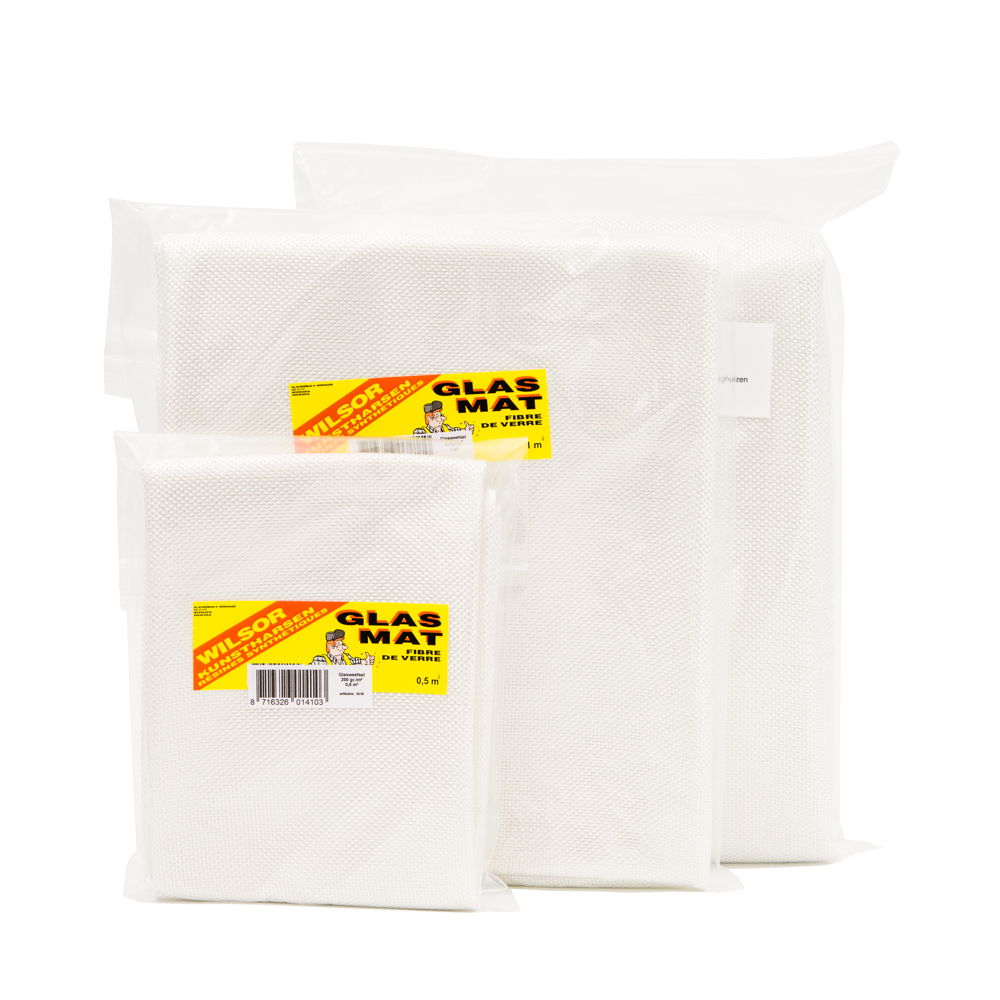
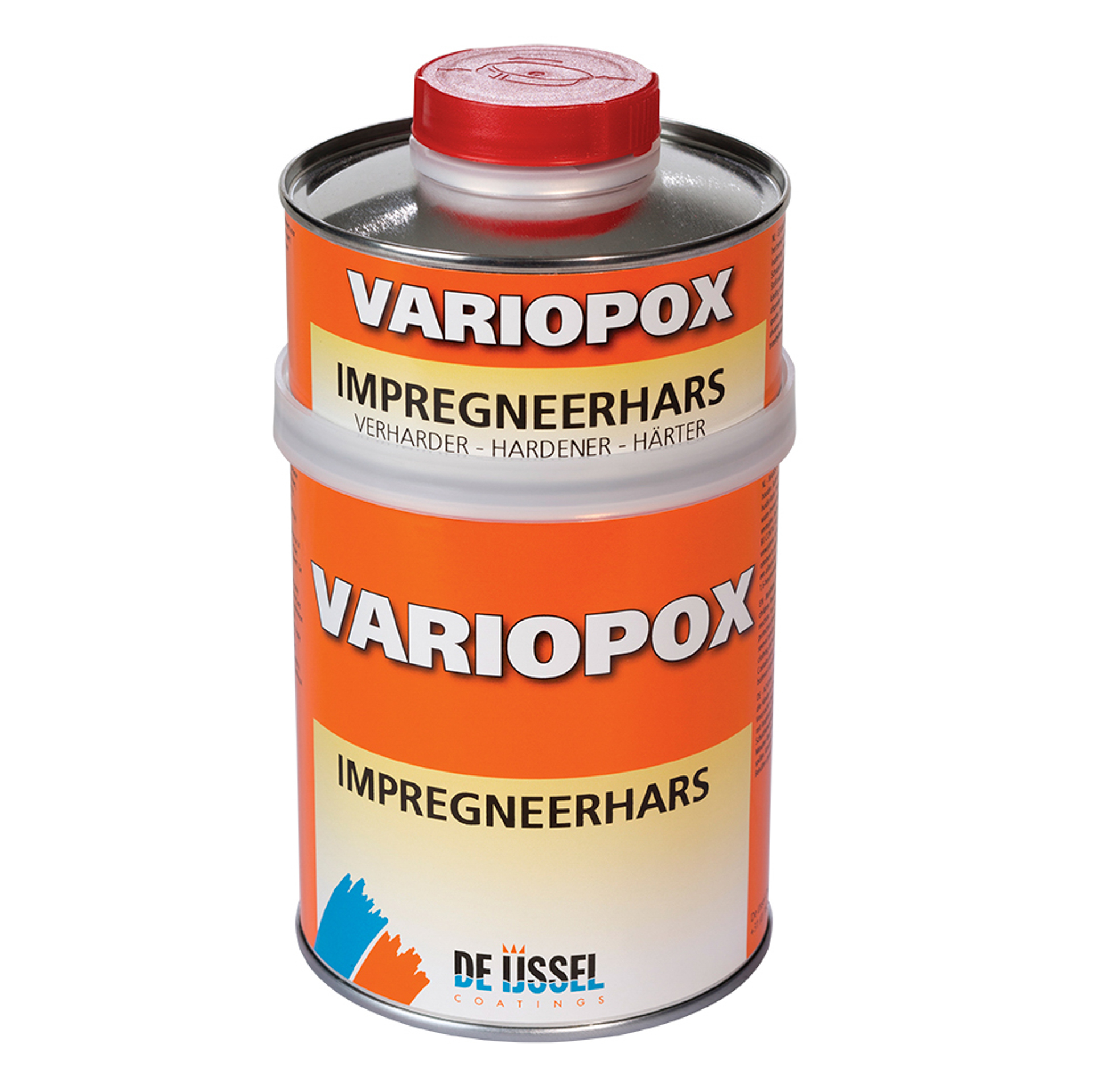
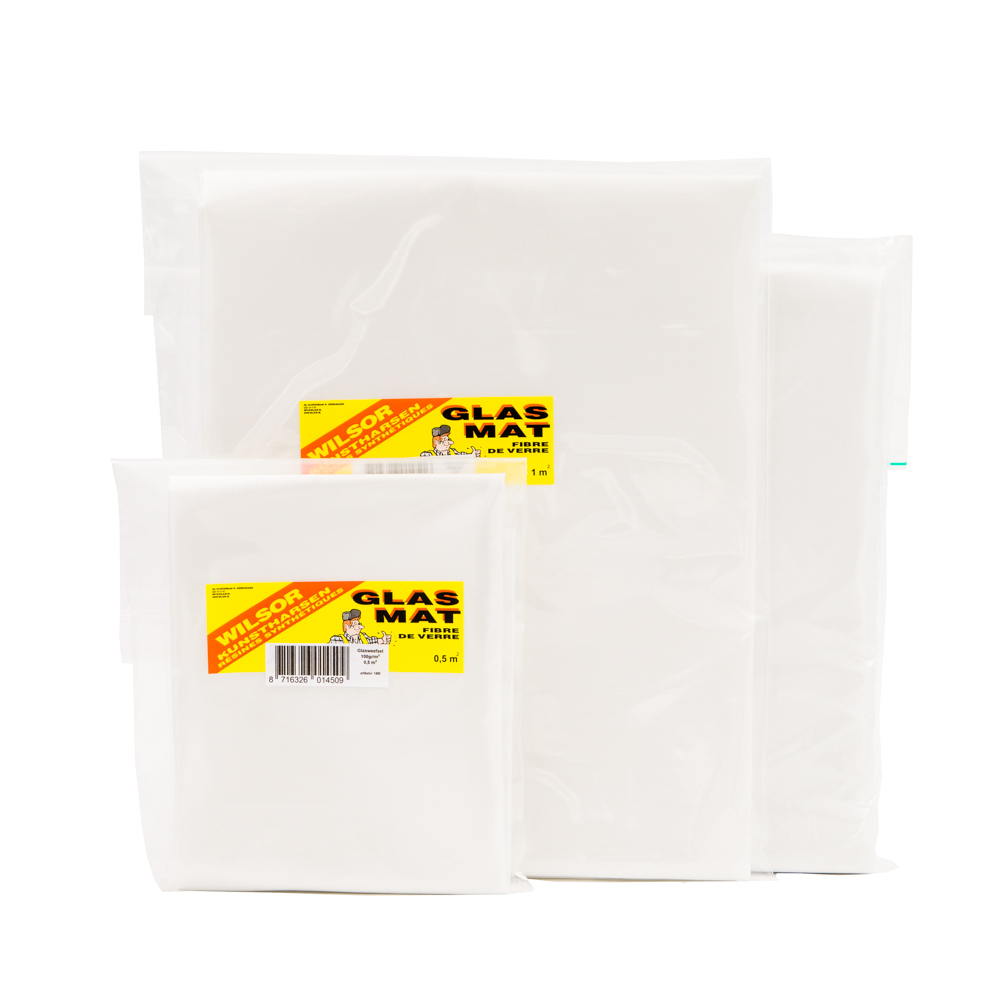
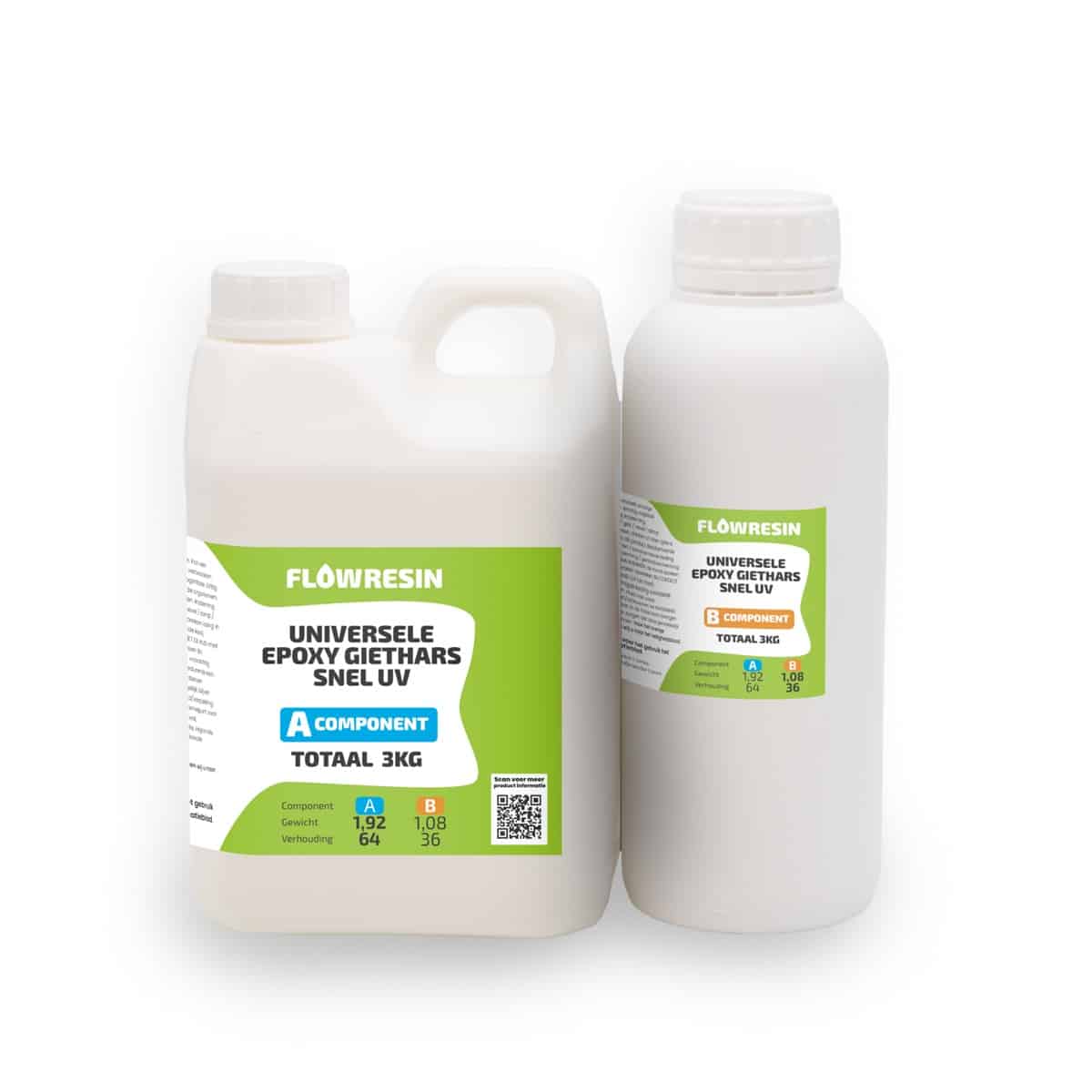
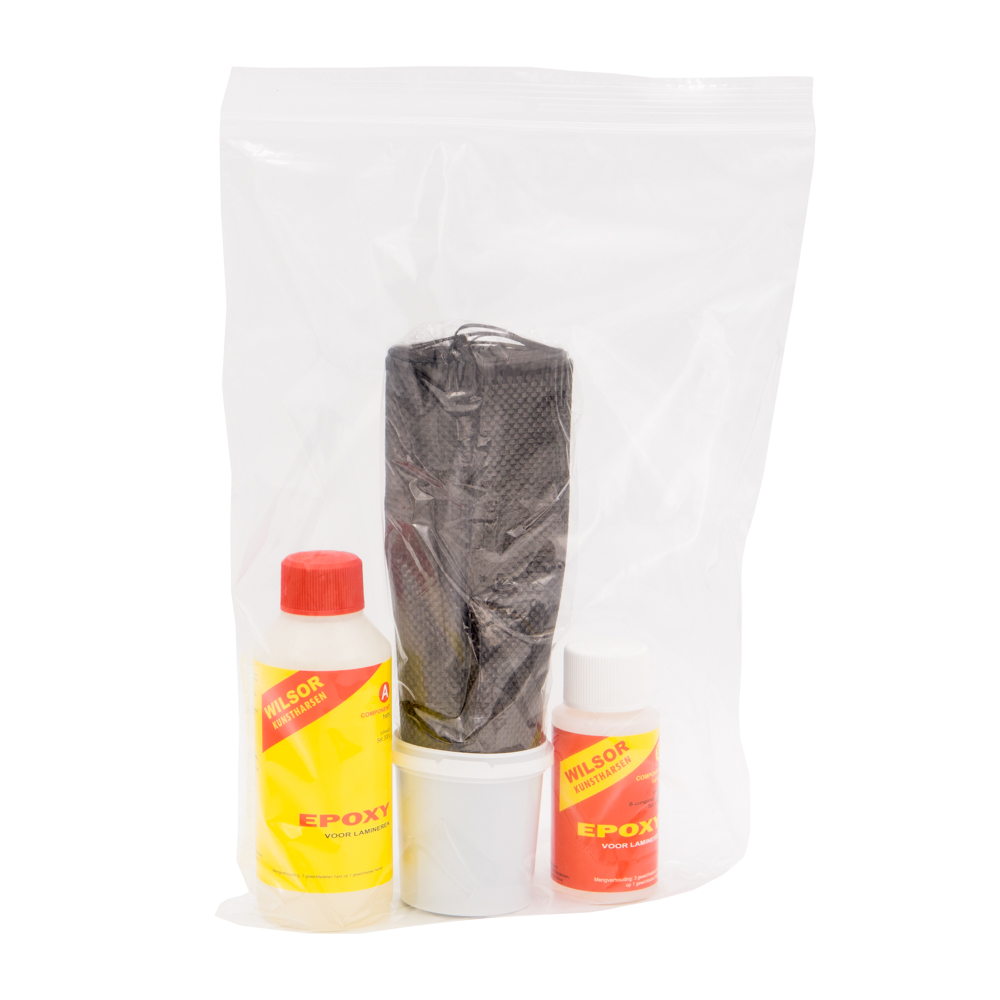
Reviews
There are no reviews yet.